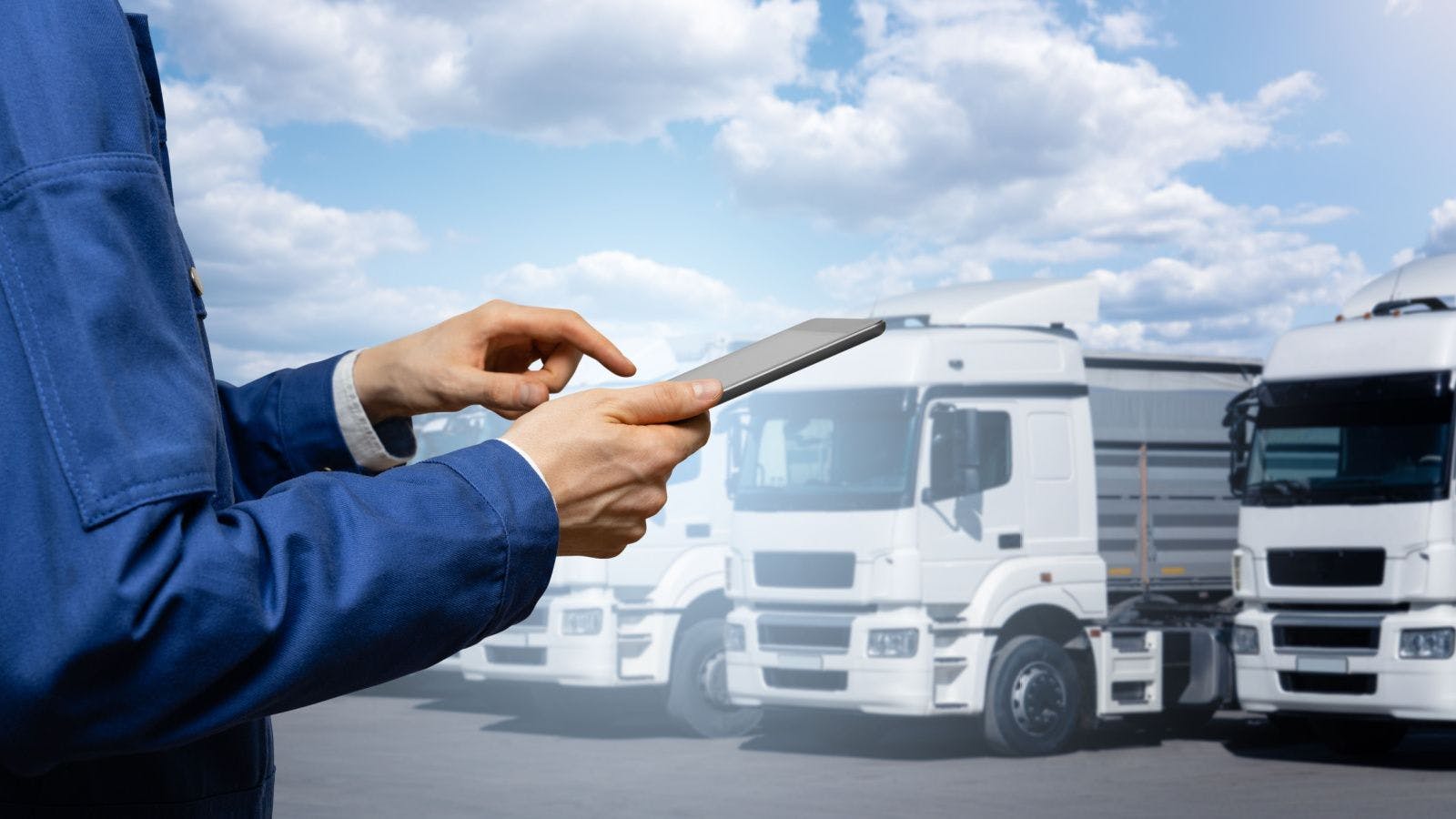
Five Construction Equipment Predictions for a Year of Uncertainty
What’s in store for the construction industry? How will OEMs and rental companies adapt to better serve their customers? How are customer needs changing? And in the face of a global pandemic, what does recovery look like? The even bigger question: Who will emerge stronger and how will they do it? Ultimately, connectivity and technology adoption will play a key role.
No one predicted the onset of COVID-19 and the degree to which the pandemic would impact the industry. But in many ways, it catapulted construction technologies forward. Here is what the crystal ball portends for the coming year.
1. TOUCHLESS SERVICES WILL DRAMATICALLY INCREASE
The need to adapt and stay connected will be more readily accepted and expected. The social and economic effects of the COVID pandemic may persist well into 2022 and the demand for touchless functionality and associated solutions will become more widespread. More data will flow because of expanded services including:
- remote diagnostics;
- remote control;
- automated monitoring;
- enhanced predictive and remote maintenance; and
- more intuitive and context-driven user interfaces.
Businesses that have already invested in remote connectivity enabled by telematics and automation will emerge from the pandemic even stronger. Those who haven’t invested are going to need to catch up in 2021 and be ready for a different operating future.
2. OEMS WILL SHIFT FROM SELLING TECHNOLOGY TO UNLOCKING AND PROVIDING VALUABLE SERVICES
Many OEMs understand the importance of technology and how that translates to the addition of valuable services for the life of the equipment. Some OEMs are starting to recognize there is a gap in the technology space they need to fill. They will move beyond the technology sale to capitalize on the greater opportunity for long-term revenue. By leveraging telematics and the power of connection, they will provide improved machine design, greater safety, new services and expanded customer support that they could not previously offer.
3. DATA BROKERAGE, PARTNERSHIPS AND APIS WILL RULE
Businesses that embrace the power of data sharing will achieve greater maturity in their digital evolution—knowing that by doing so, everyone wins. There is a growing need for simplicity.
Application Programming Interfaces (APIs) are the backbone of a number of services contractors already rely on. They’re the way a digital product can make use of another digital product by integrating them together. For example, ride hailing services didn’t create their own mapping and GPS locating services to let their drivers and passengers find each other, they contracted with an existing digital map (such as Google, Apple or Garmin), and used their services through an API to enable it.
APIs address the need for simplicity, which is possible only if implementation and integration are unlocked. Increased access to rich data insights is inevitable, and the complexity will demand a simple approach. When the industry works together, effectively combining their individual OEM, rental and general contractor strengths into a collective purpose, data sharing becomes a key model of what it means to operate stronger together.
4. SUSTAINABILITY WILL BECOME CRUCIAL TO CLIENTS
As we continue to use up more of the world’s resources, recognizing our own inefficiencies and identifying ways we can operate with greater efficacy will become a central focus and tenet on which many companies will operate.
Contractors will be looking to leverage telematics to reduce machine idling, better allocate resources, manage transport and service logistics, and measure in-field performance data to meet elevated standards, while also exploring strategies to reduce unnecessary materials in products and incorporate recycled and reclaimed materials to a greater degree.
5. ONLY THE STRONG WILL SURVIVE
Established companies are moving up the digital maturity curve and face the threat of disruption from innovations offered by smaller technology companies and startups. Mature companies will need to have a team devoted to the new and innovative to stay relevant. Successful businesses will elevate the adoption of their digital strategy and re-evaluate their future technology requirements and the need for a strong provider/partner.
THE TAKEAWAY
Technology users in construction environments will see it is no longer enough to focus solely on the basics (run hours and location). Enhanced machine data and machine control is driving the future of industrial IoT. The telematics industry is going beyond simple monitoring and moving faster toward configuration and control, not only to understand what's happening, but to control it, predict it and serve customers with remote or hands-off protocols. Those who emerge stronger, will do so by recognizing that the importance of technology isn’t just about a tangible product or device, it’s what companies do with it that sets them apart.
Related stories








